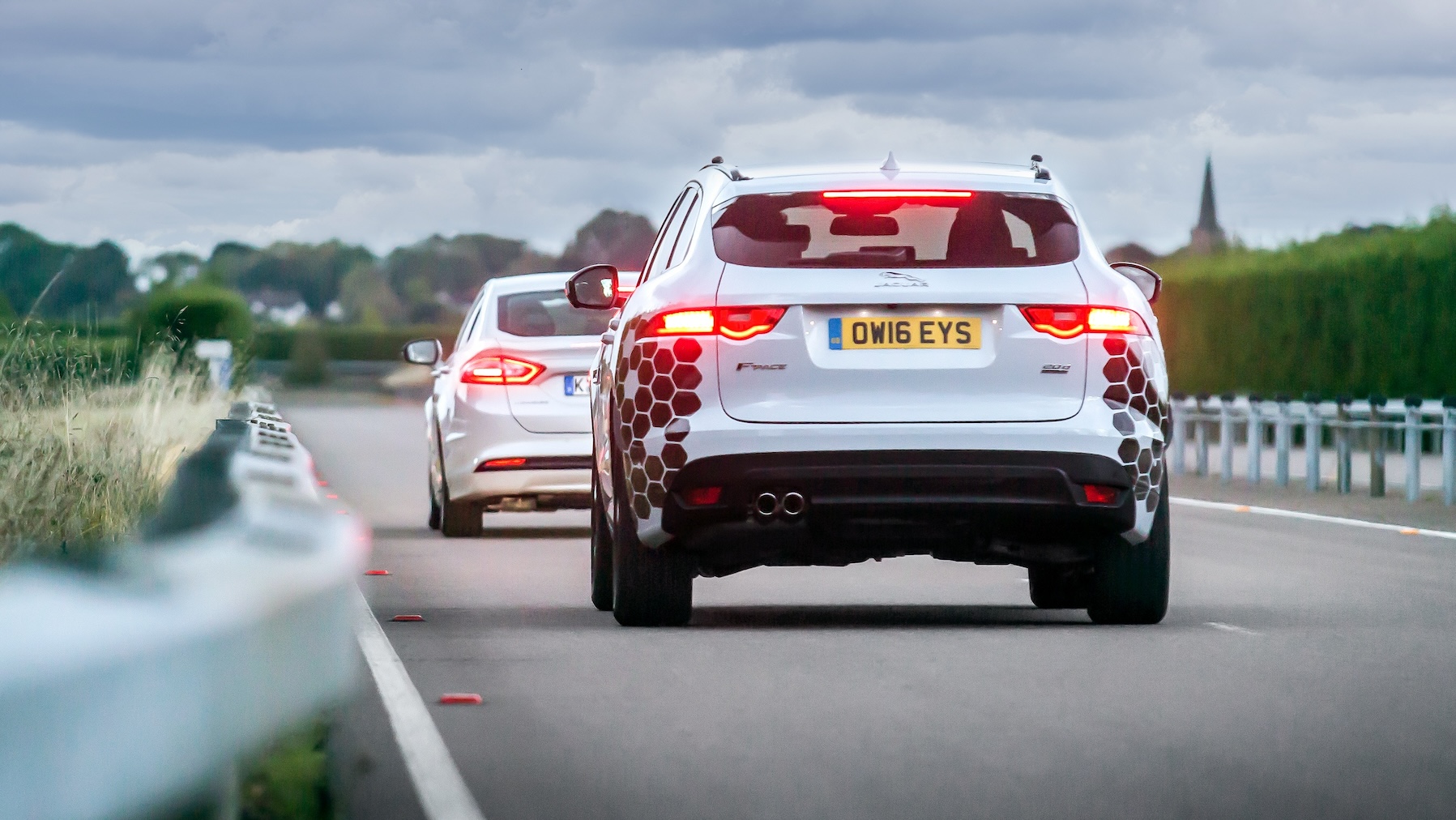Autonomous vehicles and connected cars have been a recurrent theme for the past decade. Filled with public concerns about road security promised by manufacturers and signal coverage, the industry has been leveraging the capabilities that 5G brings to the table to make old dreams of connectivity a reality.
However, just like the latest G, players are still scratching the surface of potential capabilities.
“Only now we have started to see that these 5G promises are being materialised through different implementations on the mobile network side and also through edge computing services,” said Maxime Flament, CTO at the industry association 5GAA.
In this interview with 6GWorld, Flament gives an overview of the evolution of connected vehicles and standardisation, 5GAA’s goals and the challenges lying ahead for the industry and the manufacturers.
Compared to last year, have you seen an evolution in the industry in terms of technology and business models?
First, perhaps we can have a longer perspective. Around 2018 and 2020, 5GAA was very much focused on short-range communication for cars. That’s because, at the European level and elsewhere, there was an intention to regulate technology towards IEEE 802.11p.
From our point of view, the technology that was standardised at 3GPP – called LTE V2X (PC5) – was a much better standard to follow, not necessarily only from a performance perspective but also from an ecosystem angle.
Why? It brings the whole connectivity platform under the same 3GPP family, which makes it much easier for vehicle manufacturers to understand.
We had a lot of different policy advocacy, I would say, but the core of the 5GAA business is definitely not only to connect V2V or V2I. It is to ensure that we make the best out of the connectivity with the mobile network. We see a lot of evolution, especially in understanding how 5G, and now 5G standalone, is starting to provide the opportunities that we were expecting.
So, during the whole design of 5G, there were a lot of promises, and it’s only now that we have started to see that these promises are being materialised through different implementations on the mobile network side and through edge computing services. Now, we are starting to see offers related to slicing, for example.
We are not talking only about promises but about facts and equipment, even services. Eventually, that will translate into how much it is going to cost players. And that’s now really making business is important.
I’d imagine that there are challenges associated with this evolution, right?
What we unfortunately see is that vehicle manufacturers are still a bit hesitant to fully engage with 5G. Why is that? They are still afraid of how much it will cost and how much they can eventually rely on the networks supported by mobile network operators in the long term. And so this issue of cost and long-term evolution is a challenge.
Another aspect that came into the picture for the last 18 months at 5G is non-terrestrial networks (NTN). In the beginning, we made a paper that was scoping paper to understand how much 5G should embrace this. Now we have added some technical studies to the scope.
What type of studies?
We are in a situation where we are pushing requirements to the 3GPP and other organisations. One of the main requirements is to make sure that NTN aligns with the 3GPP 5G technology so that the same radios can be used to connect to a satellite or to a regular terrestrial network.
That’s one requirement. The second is the seamless handover between non-terrestrial and terrestrial. That means that if you get into an area where the coverage is unfortunately not good, you can transition to the satellite in a seamless fashion. We would require some kind of IP continuity, where the IP sessions are not changed so that you don’t break and connect again.
There are some other practical and technical challenges, such as the form factor of the antennas, the gains of the antennas, etc. All these things are more technical but the two first requirements are the most important. If we don’t respect these requirements, we are just not going to make it happen.
We are just now seeing 5G pay dividends. Do you think 5G operators and car manufacturers will leverage 5G-Advanced capabilities for connected vehicles, or is this a little bit distant yet?
You know, technology always progresses – and then there is always eventually an adoption of the verticals towards these new features that come in the releases.
At the moment, we are looking at what 5G-Advanced proposes, but the core focus is to make sure that we embark on Releases 16, 17, and 18 and that the bulk of the cars eventually get 5G connectivity, which is not the case at the moment.
If you look at the market, you can count the number of models that are fully 5G compliant. Many of these are even only compliant with Release 15
That means that they have a 5G chipset, but they just use it as a bitpipe. Whereas Releases 16 and 17 start using the 5G in a more versatile way and make difference in the quality of service for different applications in the car.
So a video would then be differentiated from another service such as safety service or traffic light information service or traffic jam information etc. These kind of services must have a different priority and be differentiated between different traffic in the 5G bitpipe.
Featured image by Jaguar







